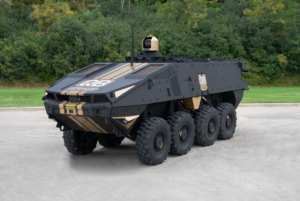
As the Army moves out on its effort to build Robotic Combat Vehicles (RCVs), a lead official has said he wants to develop an ecosystem for the capability that brings in control vehicles, new modular payloads and networking to tie platforms together. Brig. Gen. Geoffrey Norman, director of the Next-Generation Combat Vehicle Cross-Functional Team, said Gen. James Rainey, head of the modernization-focused Army Futures Command, has tasked him with moving out “aggressively” on RCV fielding. “We anticipate moving forward aggressively…

 By
By 











